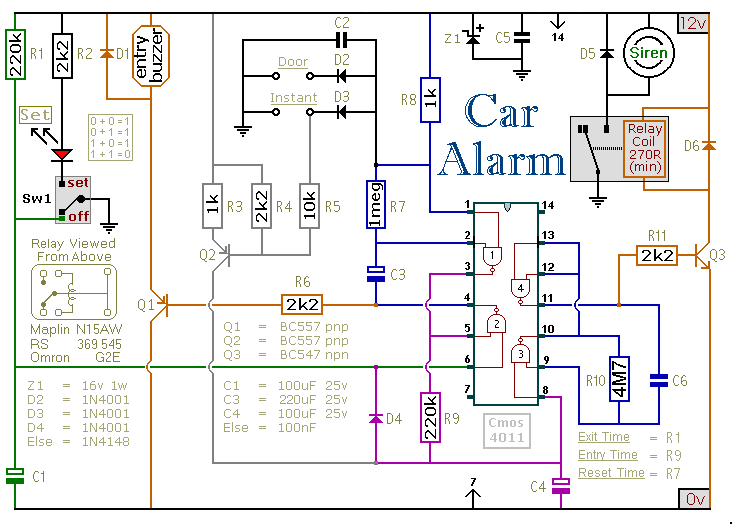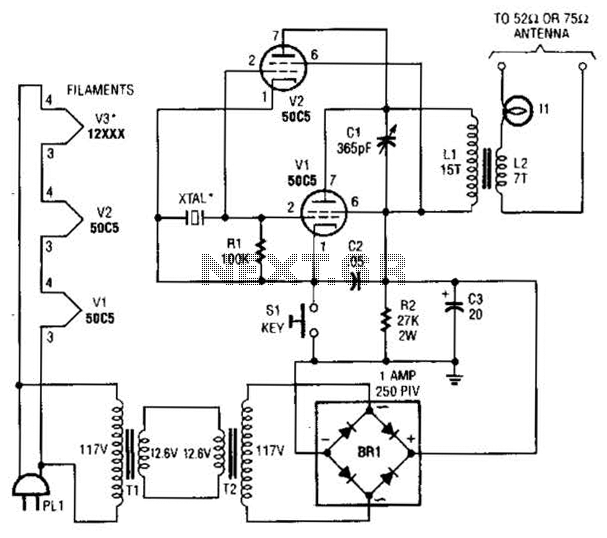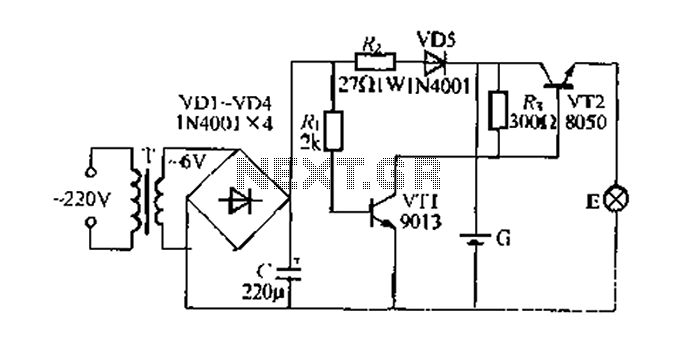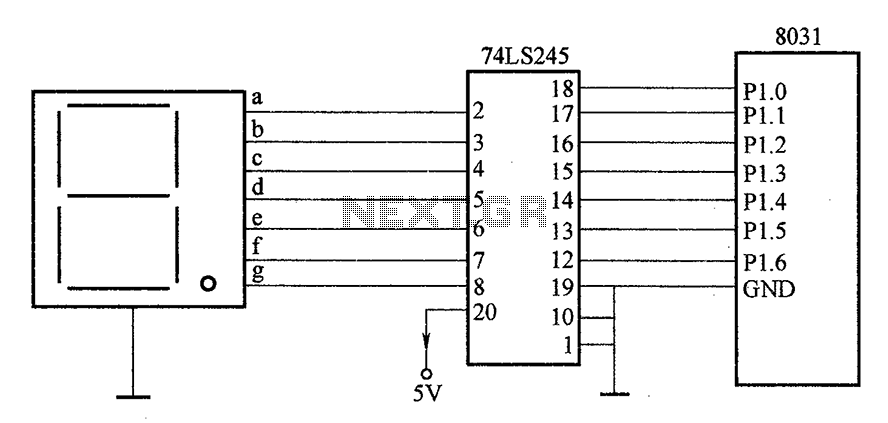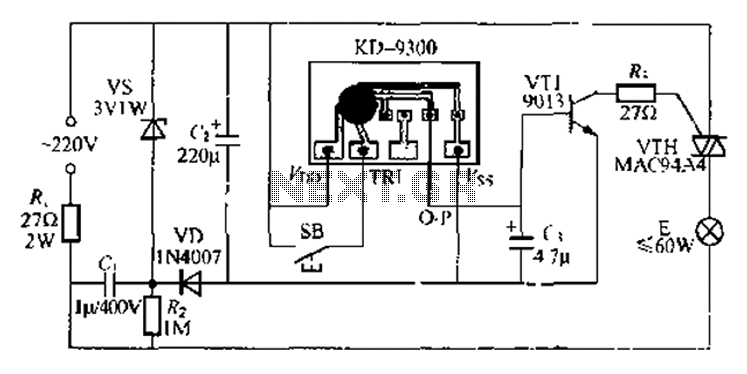
555 automatic power-protection circuit diagram

An automatic power protection circuit is presented. This protection includes a step-down rectifier circuit, an overvoltage and undervoltage detection circuit, and a delay switch control circuit. The step-down circuit is responsible for the entire rectifier circuit's DC voltage.
The automatic power protection circuit is designed to safeguard electronic devices from voltage fluctuations that could potentially cause damage. The step-down rectifier circuit serves as the initial stage, converting the input AC voltage to a lower DC voltage suitable for the subsequent components. This step-down operation is crucial in ensuring that the voltage levels remain within safe operating limits.
The overvoltage and undervoltage detection circuits are integrated to monitor the output voltage continuously. They employ voltage sensing mechanisms to detect any deviations from the predefined voltage thresholds. When an overvoltage condition is detected, the circuit activates protective measures, such as disconnecting the load or triggering an alarm, to prevent damage to the connected devices. Conversely, in the event of undervoltage, the circuit can initiate a shutdown procedure to safeguard the equipment from insufficient voltage levels that could lead to malfunction or damage.
The delay switch control circuit plays a vital role in managing the timing of the power restoration after a fault condition has been detected. This delay is essential to allow transient conditions to stabilize before reapplying power to the load. It prevents unnecessary cycling of the power, which could lead to further issues.
Overall, this automatic power protection circuit is an essential component in modern electronic systems, providing robust protection against voltage anomalies and ensuring the reliability and longevity of sensitive electronic devices.Shown automatic power-protection circuit. This protection consists of step-down rectifier circuit, overvoltage and undervoltage detection circuit, delay switch control circuit. Wherein the step-down circuit for the entire rectifier circuit DC voltage.
The automatic power protection circuit is designed to safeguard electronic devices from voltage fluctuations that could potentially cause damage. The step-down rectifier circuit serves as the initial stage, converting the input AC voltage to a lower DC voltage suitable for the subsequent components. This step-down operation is crucial in ensuring that the voltage levels remain within safe operating limits.
The overvoltage and undervoltage detection circuits are integrated to monitor the output voltage continuously. They employ voltage sensing mechanisms to detect any deviations from the predefined voltage thresholds. When an overvoltage condition is detected, the circuit activates protective measures, such as disconnecting the load or triggering an alarm, to prevent damage to the connected devices. Conversely, in the event of undervoltage, the circuit can initiate a shutdown procedure to safeguard the equipment from insufficient voltage levels that could lead to malfunction or damage.
The delay switch control circuit plays a vital role in managing the timing of the power restoration after a fault condition has been detected. This delay is essential to allow transient conditions to stabilize before reapplying power to the load. It prevents unnecessary cycling of the power, which could lead to further issues.
Overall, this automatic power protection circuit is an essential component in modern electronic systems, providing robust protection against voltage anomalies and ensuring the reliability and longevity of sensitive electronic devices.Shown automatic power-protection circuit. This protection consists of step-down rectifier circuit, overvoltage and undervoltage detection circuit, delay switch control circuit. Wherein the step-down circuit for the entire rectifier circuit DC voltage.
